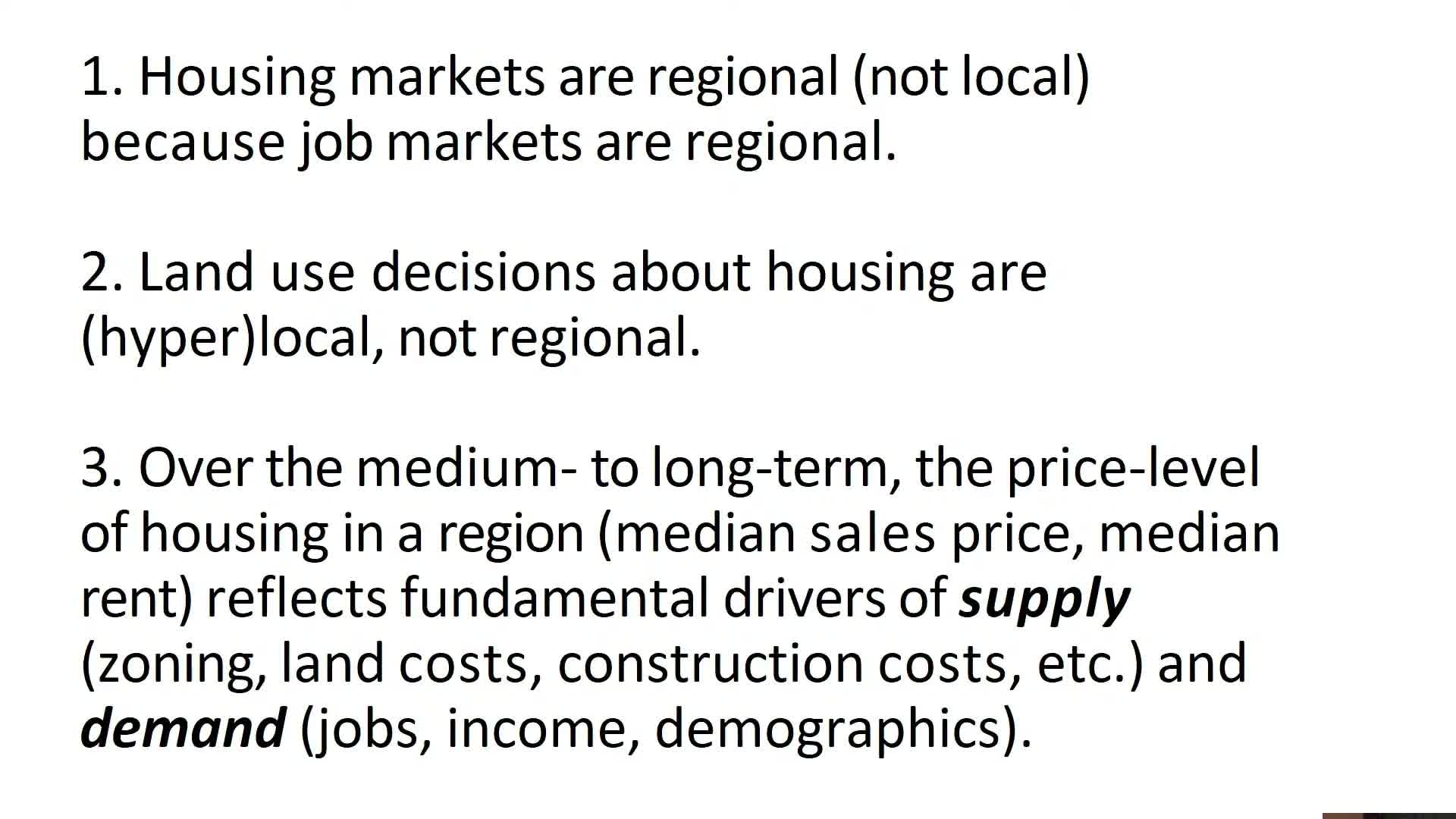Wisconsin housing market struggles with demand outpacing supply amid rising construction costs
July 02, 2025 | River Falls, Pierce County, Wisconsin
This article was created by AI summarizing key points discussed. AI makes mistakes, so for full details and context, please refer to the video of the full meeting. Please report any errors so we can fix them. Report an error »

In the heart of River Falls, city officials gathered under the bright lights of the municipal building to discuss pressing issues surrounding housing in the region. The River Falls Plan Commission meeting on July 1, 2025, brought to light the complexities of the housing market, emphasizing that local dynamics are often influenced by broader regional trends.
A key point raised during the meeting was the regional nature of housing markets. Experts noted that while local decisions can impact housing, the overarching job market drives demand. As the job market expands, so too does the need for housing, creating a delicate balance between supply and demand. The presentation highlighted that the growth of households in Wisconsin is outpacing the construction of new housing units, with household growth at 0.7% compared to a mere 0.46% increase in housing units from 2010 to 2023.
Demographic shifts were also a focal point of the discussion. The data revealed a significant increase in one- and two-person households, reflecting changing lifestyles and an aging population. As more individuals choose to age in place, the demand for smaller, more accessible housing options is on the rise. This trend is compounded by the fact that the population of those aged 55 and older is growing, while the younger demographic shows a more modest increase.
On the supply side, the meeting addressed the rising costs of construction, which have surged by over 41% since 2020. This increase is attributed to various factors, including supply chain disruptions and rising material costs, particularly following the COVID-19 pandemic. The discussion underscored that while local governments can influence land use decisions, many factors affecting housing supply are beyond their control, including federal policies and national economic trends.
The commission also examined the historical context of housing construction in Wisconsin, noting that the state has not fully recovered from the Great Recession. Building permits and subdivision activities remain below pre-recession levels, indicating a slow recovery in the housing market.
As the meeting concluded, officials recognized the need for strategic planning to address these challenges. The discussions underscored the importance of adapting to demographic changes and economic realities to ensure that River Falls can meet the housing needs of its residents in the years to come. The path forward will require collaboration and innovative solutions to navigate the complexities of the housing landscape.
A key point raised during the meeting was the regional nature of housing markets. Experts noted that while local decisions can impact housing, the overarching job market drives demand. As the job market expands, so too does the need for housing, creating a delicate balance between supply and demand. The presentation highlighted that the growth of households in Wisconsin is outpacing the construction of new housing units, with household growth at 0.7% compared to a mere 0.46% increase in housing units from 2010 to 2023.
Demographic shifts were also a focal point of the discussion. The data revealed a significant increase in one- and two-person households, reflecting changing lifestyles and an aging population. As more individuals choose to age in place, the demand for smaller, more accessible housing options is on the rise. This trend is compounded by the fact that the population of those aged 55 and older is growing, while the younger demographic shows a more modest increase.
On the supply side, the meeting addressed the rising costs of construction, which have surged by over 41% since 2020. This increase is attributed to various factors, including supply chain disruptions and rising material costs, particularly following the COVID-19 pandemic. The discussion underscored that while local governments can influence land use decisions, many factors affecting housing supply are beyond their control, including federal policies and national economic trends.
The commission also examined the historical context of housing construction in Wisconsin, noting that the state has not fully recovered from the Great Recession. Building permits and subdivision activities remain below pre-recession levels, indicating a slow recovery in the housing market.
As the meeting concluded, officials recognized the need for strategic planning to address these challenges. The discussions underscored the importance of adapting to demographic changes and economic realities to ensure that River Falls can meet the housing needs of its residents in the years to come. The path forward will require collaboration and innovative solutions to navigate the complexities of the housing landscape.
View full meeting
This article is based on a recent meeting—watch the full video and explore the complete transcript for deeper insights into the discussion.
View full meeting
